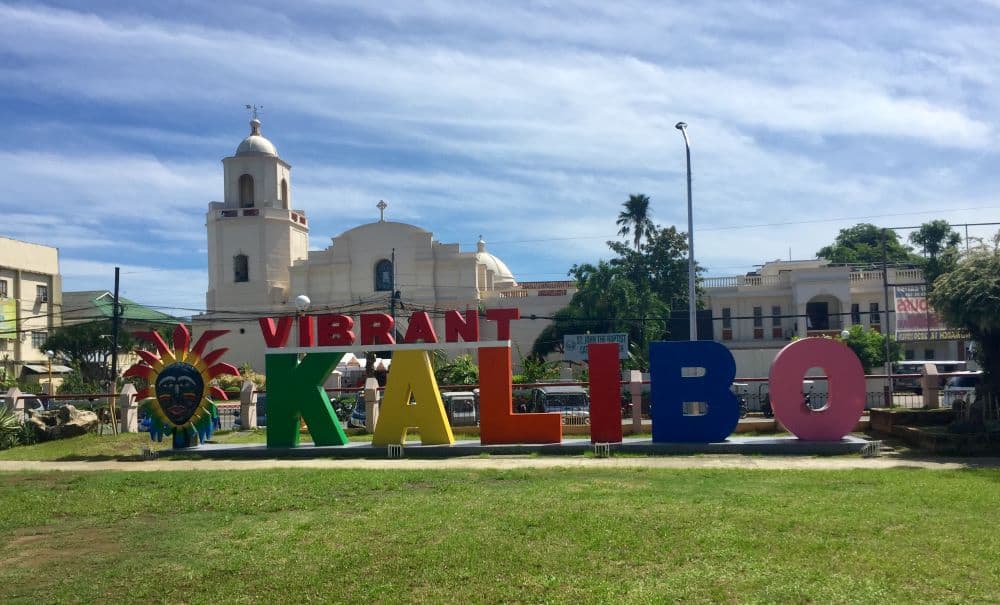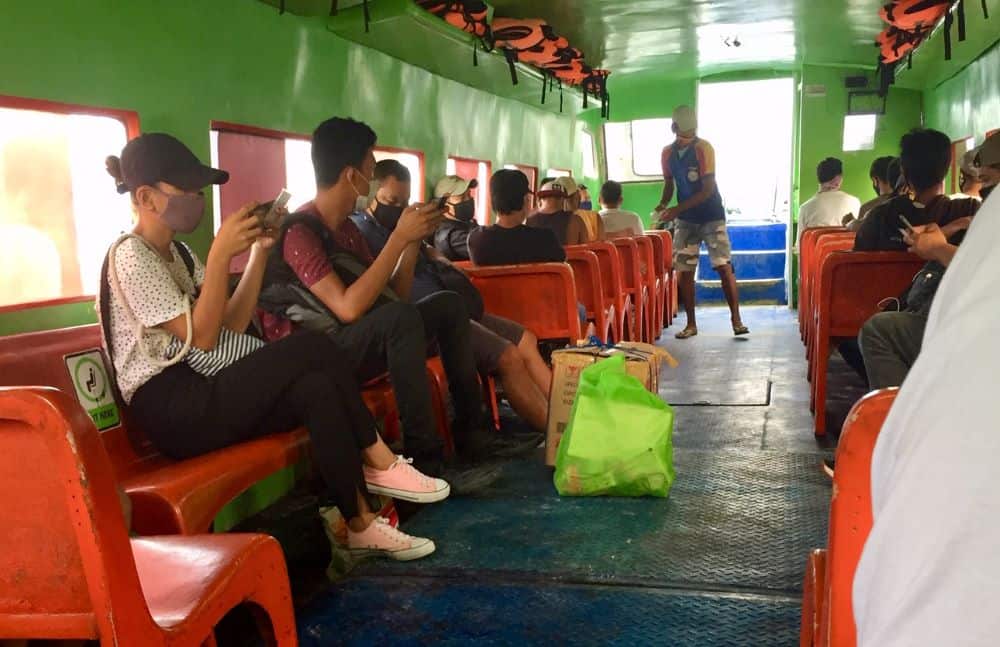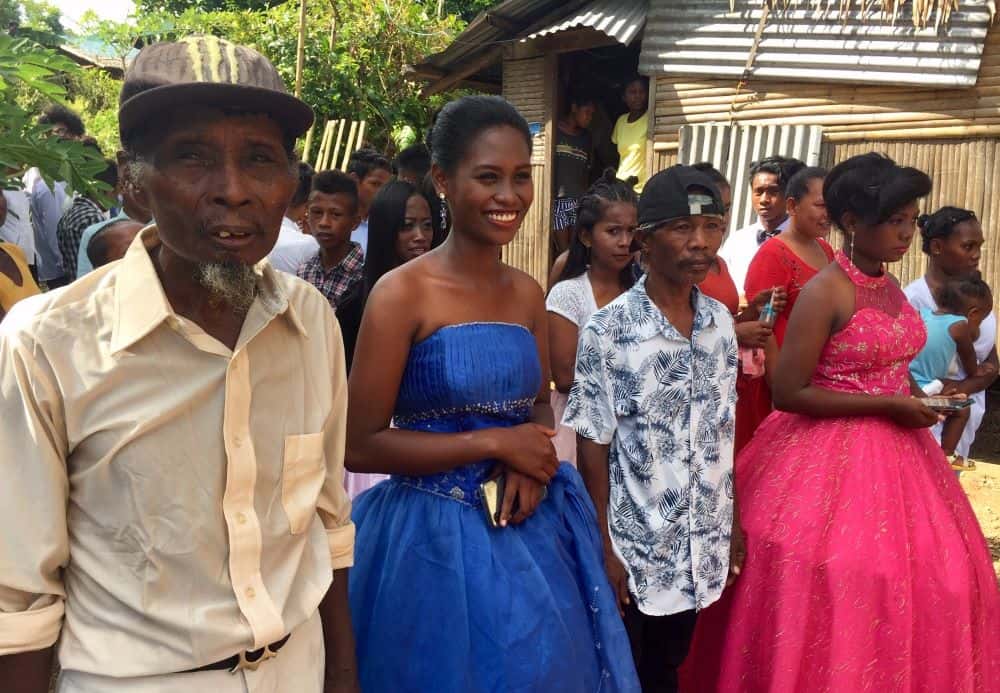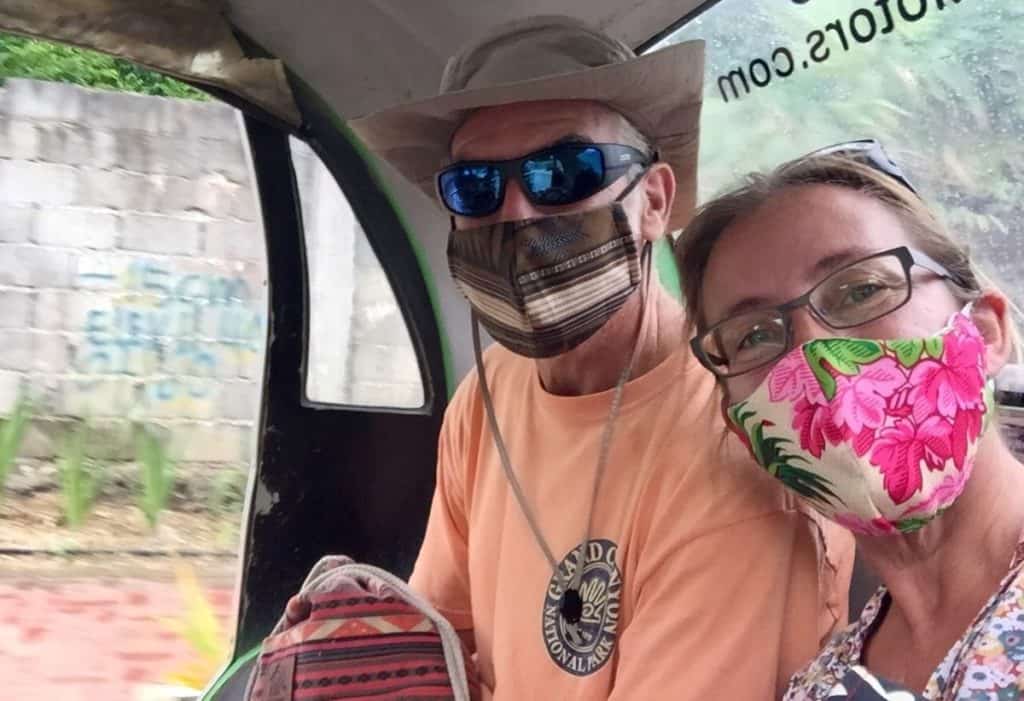Last Updated on October 27, 2024 by Ellen
“We are scared,” said a Malay resident. “We are supposed to open to tourism on October 1.”
There is ‘confirmed’ community transmission of the coronavirus in Aklan Province. Specifically – in Kalibo.
To Americans: think of Aklan like a state. Kalibo is the state capital and the province’s largest city. Malay Municipality, of which Boracay Island is a part, is more like an American county. And Motag barangay is similar to a village — that is where our rental apartment is located.
I give you this necessary background because the local government units (LGUs) are set up on this hierarchy underneath the federal Philippine government.
Also, this post gets into the nitty gritty of trying to live and move around in this part of the Philippines during an extraordinary time in history. It’s not really for the casual tourist who landed here from a search engine looking for a Boracay vacation. (If that’s you, go here.)
Kalibo COVID-19 transmission
People in Malay are worried about the ‘local transmission’ of the coronavirus in the provincial capital, about a 90-minute drive away. Kalibo calls itself ‘vibrant’. It’s where the province’s largest hospitals are located, the biggest shopping malls, the largest airport.

I kept looking on the Aklan government website and searching for English news articles, or even Filipino articles to translate about the coronavirus transmission, but I saw nothing. And then I thought to search for information on Facebook. That is where I came across the government’s “official” announcement.
In reading the official news releases from the province, the local transmission started as one confirmed case in Kalibo – a woman with no history of travel outside the city, and no known contact with anyone showing symptoms. But she came down with a fever for a few days, and then she sought treatment. She tested positive, and is now on quarantine.
Through contact tracing, it appears five hospital workers have tested positive where she sought treatment. Now they are on quarantine, and the hospital is shutting down some services.
This means asymptomatic local transmission is here in Aklan Province.
(Click to enlarge documents.)


I am not surprised.
There was a ‘COVID’ death in Numancia about one month ago. Here again, the information around that incident has been incredibly sparse. I could not find one single reliable news item on it — back then, or now.
The questions now become:
- How will local governments react?
- What will this mean for the tourism plan set to expand on October 1?
People in Malay – especially those connected to Boracay tourism – simply cannot hold on much longer. That’s why the woman quoted at the top of this post is scared.
Small businesses have closed. People are desperate for income. Kids beg for money and climb trees for coconuts.
Meanwhile, the official news agency of the Philippine government does not have these new cases in its latest information released to the public. In fact, the federal ‘news’ outlet has just one case in Aklan, with no details offered.
COVID: Protocol confusion
There is that reporting confusion, and there is also protocol confusion.
As locals in Malay get ready for the official tourism launch, there is conflicting information about ‘approved’ accommodations – both on the mainland and on Boracay Island.
In addition to environmental clearance, which has been an ongoing issue for years on the island, now Boracay hotels must apparently be on some sort of approved virus-related list. Establishments seem to get on the list by showing some government agency they employ the minimum safety standards for virus prevention.
We are scared. We are supposed to open to tourism on October 1.
Malay resident whose income is tied to tourism
Yet, as of this writing, the official accommodation list with “approved” hotels for Boracay is missing from the official government website, despite previous publication. I cannot find it on the government’s Facebook page, either.
The Boracay list had been briefly posted last week on the government’s page, which I check often. But then it was taken down, again posted, then taken down again.
However, the official, approved accommodation list for the Aklan mainland is up. Every time I’ve checked the Aklan government site this week, it’s always been there.
Our federal visas and local quarantine documents
We have been in the Philippines since November 2019. After our second visa extension back on Cebu Island, we paid high fees for the federal ID card. Our applications were mailed to Manila, and, presumably, the cards were mailed back to Cebu.
But we are not in Cebu City now, nor are we going there. We are on Panay Island.
Immigration officials have told us to keep the receipt that shows we paid the fees for the ID cards – they say that is good enough for these strange times. We bring that receipt every time we visit immigration on Boracay.
We also go to Boracay to spend money, visit fellow expats, enjoy the wide open spaces. We even went over one time because Tedly needed a special doctor.
For months, ever since we have been allowed to visit Boracay, we have gone back and forth on the ferry from our rental unit in Motag to Boracay — both in Malay Municipality as local residents — in the residential line — without any issue.
The picture below shows one of my many trips to Boracay – before they implemented the current ‘face shield’ requirement. (The picture at the top of this post was also taken before the face shield requirement on public transportation.)

I give you this background for the events that happened at the port today.
Ferry confusion
We were going from Boracay to the mainland for a special Ati birthday party in the mid-afternoon. Boracay port workers told us we had to pay 100 pesos each ($2), for a ‘tourist terminal fee’.
Suddenly, our Motag barangay papers showing our completed quarantine back in March 2020 are not good enough. Even though we have used these papers for months.
Suddenly, we are told we need to”own property” in order to be considered a resident. What???
I am sure not every Filipino – or foreigner – in these parts ‘own property’, and yet they are treated as residents – but we are not? For our federal visa, we already pay a dollar a day, each, for the privilege to be here in the Philippines.
We are profoundly disappointed at how we were treated at the Boracay port, in spite of everything we have done to help local people: from giving money away — to working side-by-side with the Ati tribe members on sustainability projects.
Our helping others has cost us money — and also blood, sweat, and, yes, sometimes tears.
We had no choice but to pay the “tourist terminal fee” or not be let off the island. Ridiculous! So we paid it.
And then, get this. After we paid their ‘tourist terminal fee’, we were waived to sign into the “Resident” register. Ridiculous!
So confusing. And somewhat insulting.
Look, we expect a certain amount of confusion in the ‘new normal.’ As the ‘virus’ lurks around Aklan, and as local people have no idea what will happen to their tourism plan, we logically expect there to be more instances of aggravation and disappointment.
Hopefully, the confusion lessens from here. But somehow, I doubt it…
Ati cotillion
We made it to the open-air birthday party in one of the Ati villages. Mom Diane met us there. We came from Boracay; she came from the two-bedroom apartment in Motag that we have rented since March 16, 2020.
The granddaughter of the hen house manager turned 18 years old, along with another young lady from the Ati tribe. And so their celebration was labeled a cotillion.
The birthday girls wore beautiful formal dresses with hair and makeup makeovers.
It was wonderful to see Nelo dressed up and smiling (pictured far left below), as he proudly walked his granddaughter named Mercy to the stage area, where they danced (she is wearing blue).

It was also heart-warming to see Ati tribe members come over to greet us hello — especially my ‘humanitarian-of-the-year’ husband, who has done so much to help the Ati.
The party had dancing and singing with a rented sound system, there were roasted pigs with rented tables and chairs — all in a village of extremely modest nipa huts and a communal water spout. Of course, we will make a donation for the rental fees.
It was a lively event; fun and colorful and special and rare. Memorable in these dull days of the COVID craziness.
And everyone hopes the young ladies will have wonderful lives full of opportunities and choices — not limited by tribe marginalization or a tricky virus.
“Thanks for reading, “Kalibo COVID-19 transmission, ferry confusion, Ati cotillion.”
What to read next:
- Philippine Quarantine: Day 14 – finally cleared
- I want the world to be better for these kids. Don’t you?
- Christmas season in the Philippines starts in September
Articles about our monthly budgets in the Philippines:
- What we spent and gave away in August 2020
- Budget breakdown for July 2020 to live in Malay
- Spending report for June 2020, living in Aklan Province
- May 2020 expenses during COVID-19: What it cost to live in Motag
- April 2020 expenditures in the Philippines
- What it cost to live in March 2020 in the Philippines
- Expense report for slow travel in February 2020
- January 2020 spending in the Philippines
- December 2020 — donations and cost to live in Cebu
Nostalgic for travel:

